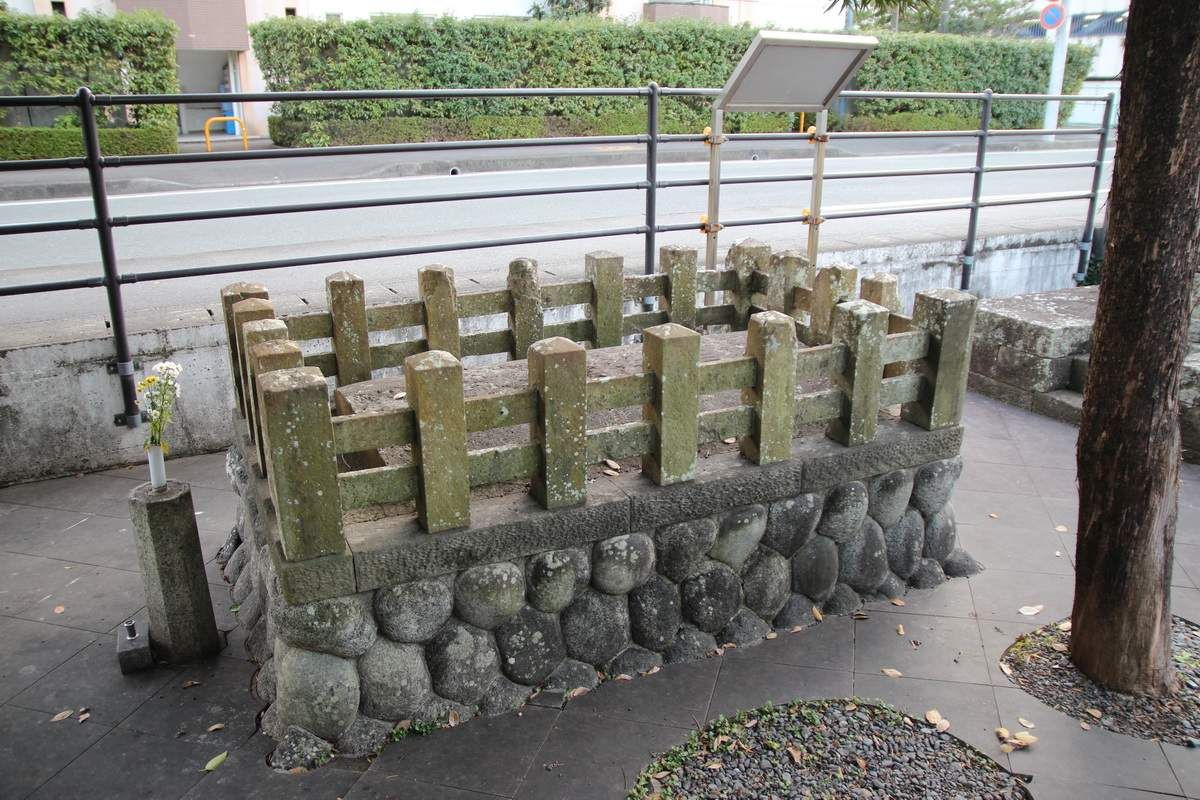Hendrik Duurkoop’s gravestone
The gravestone of Hendrik Duurkoop in the Dutch Cemetery at Goshinji temple in Nagasaki has long been famous as the oldest surviving gravestone in Japan belonging to a European.[1] Duurkoop, who divided most of his adult life between Batavia (modern-day Jakarta) and Nagasaki, died at sea at the age of 42 en route to his second posting as director (opperhoofd) of the Dutch factory at Dejima. This essay assembles the available historical materials in Dutch and Japanese to give a brief account of Duurkoop’s life and the history of his gravestone after his death.[2]
Guido Hermann Fridolin Verbeek
In 2003, Ms Hisayo Murase published the book 'Verbeck of Japan'. The book is a translation in Japanese of the biography of Guido Hermann Fridolin Verbeek written by W.E. Griffis in 1901 and provided with annotations.
In 2012, again in Japan, a second book on Verbeek's life was published, entitled: 'Guido F. Verbeck. A life of determined acceptance.' from Ms Noriko Itoh. Verbeck is an Anglicization of the family name Verbeek. The Dutchman Verbeek made a great contribution to the development of Japan in the nineteenth century. Besides composer Willem Pijper and poet Hendrik Marsman, he may be considered one of the greatest sons of Zeist. Despite this his name is unknown in Zeist and nothing reminds of him in his home village.
Map of the cemetery
As the map of the Hollandsche Begraafplaats shows, the way the gravestones currently present have been laid out does not seem very logical, but it does not look as though the situation has changed much since Duurkoop's funeral in 1778. The current cemetery measures a total of 265 m2, divided into two terraces.
Buried at the other side of the bay (from 1655)
In 1641 the Dutch were forced to move from Hirado to Nagasaki and lost their privilige to bury their dead on land. Those who died were buried at sea instead. In October 1654 the Dutch were finally given permission to bury their dead on land again, but it still took almost a year before the first body was actually interred in a grave.
Burials on the island of Yokoshima
In 1638, the English and Dutch Cemeteries in Hirado were destroyed as a result of the increasing persecution of Christians. Outward symbols of Christianity were broken and traces eradicated. Not long after the destruction of the cemetery, two members of the trading post died. Graves were dug for them on what was known as the 'companies' island'. According to the descriptions, this small island, called Yokoshima, lay just outside the bay off Hirado. The island was used by the VOC for cattle and possibly also for other matters.
The first VOC cemetery in Japan
According to reports, the first Dutchman put into the port of Hirado in 1597. His name was Hector Kars and he was born in Zeeland.[1] His ship was probably boarded by the Portuguese and he took service with them, thus ending up in Hirado. Private entrepreneurs in the Netherlands had been dispatching their ships to bring back spices from the East from as early as 1594. The trade in spices was lucrative, particularly because the Spaniards, with whom the Dutch were then at war, no longer supplied them. The competition was cut-throat and, in 1598, the States General proposed greater cooperation. In the meantime, ships were still being sent out, such as a flotilla comprising five ships that set sail from Rotterdam, in the direction of Asia, on 27 June 1598. The five ships were the flagship Hoop (Hope), the Vice-Admiral's ship Liefde (Love) and the ships Trouw (Faith), Geloof (Belief) and Blijde Boodschap (Gospel or Glad Tidings).

Gijsbert Hemmij's death
We know a number of Dutch people from the VOC period were not buried in Nagasaki but elsewhere. Notes in the journals of the chief factors indicate the last resting places of at least four of them. One of the deaths that appeals most to our imagination and perhaps the best known is that of Gijsbert Hemmij.
Hemmij became chief factor on Dejima in 1792 and did not stay for the standard term of one year but until his death in 1798. They were tumultuous times because the Batavian Republic had been proclaimed in the Netherlands and the VOC had been nationalised but the official trips to the Shogun in Edo simply carried on as usual. After the audience in Edo, Hemmij became ill under suspicious circumstances on his return trip. Some said that he had been poisoned by people who were jealous of the trade he had set up for himself. He died in the little town of Kakegawa, around 200 kilometres to the southwest of Edo, on 8 June 1798. He was buried on the spot, at the Tennenji temple, with a modicum of ceremony the next day. Besides his travelling companions, Dr Letzke and bookkeeper Ras, the most prominent Japanese in their escort were also present at the funeral.
Origins of the Dead Dutchman Society
History is my hobby, especially that of the interface between Japan and the outside world. That is why some years ago I started an annual commemoration of a young Dutchman who had played a part in opening Japan in the 19th century but who had since faded into obscurity. This was the start of what was to become the Dead Dutchman Society of Tokyo.
The young Dutchman was Henry Heusken, the secretary to the first US ambassador to Japan, Townsend Harris. Henry, who had a significant role in many diplomatic negotiations between the western powers and Japan, was murdered by dissident antiforeigner samurai in Tokyo in January 1861.

The unfortunate death of Henry Heusken
How a resident from Amsterdam ended up in Japan via America and found a gruesome death. That is in short the story of Henry Heusken. Heusken was born in Amsterdam, son of Joannes Franciscus Heusken and Joanna Smit, both from a Catholic family. They were married on April 25, 1827. Joannes was a soap maker at the time and according to the records Henricus Coenradus Joannes, as Henry's Christian name was, was their only son. Joannes Heusken died in 1846, when Henry was only fourteen years old. At the time Henry was staying at a boarding school in Breda, no doubt a Catholic. At the age of fifteen he came back to Amsterdam. Over the next six years, Henry tried to follow in his father's footsteps in the family business. He was responsible for the care of his mother who was not in the best of health. According to the population register of Amsterdam, Henry lived at various addresses in Amsterdam around 1853 including Leidsegracht 64, Oudezijds Achterburgwal 10 and Nieuwendijk 7. In one of the registers he is known as an office worker. That must have been after unsuccessfully trying to continue the family business. In 1853, when Henry was 21 years old, he decided to emigrate to America. What remained of the family property must have been enough to support his mother.


